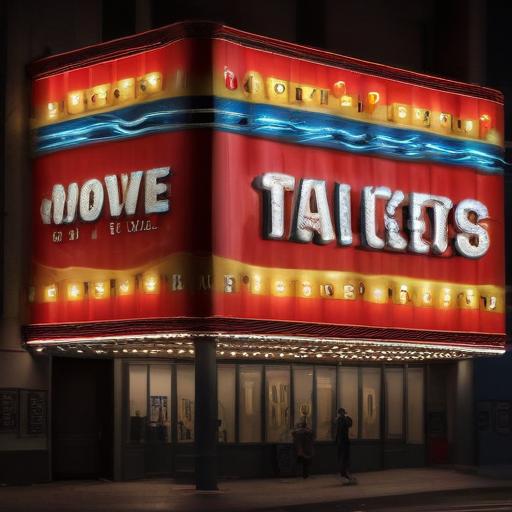For many years, the tradition of showcasing movie trailers before feature films has been a pivotal strategy for Hollywood marketers, generating excitement among audiences. However, this practice is facing challenges as cinema chains experiment with incorporating commercials into their preshow experiences, driven in part by changes in consumer behavior and financial pressures.
Reserved seating has led moviegoers to realize that they can arrive later than originally intended since the film may not begin until 20 to 30 minutes post-scheduled showtime. This shift has been evolving since before the pandemic, with significant changes emerging in 2019 when Cinemark and Regal Theatres partnered with National CineMedia (NCM) to air up to five minutes of commercials after the official start time of films. They also introduced “Platinum Spots”, brief commercial slots shown alongside trailers. Major brands such as Jeep, E.L.F. Cosmetics, and Google have participated in this initiative.
While AMC Theatres initially opposed this kind of advertising, citing potential backlash from moviegoers, the company has now adapted its stance. Facing financial challenges, AMC has announced a partnership with NCM to integrate advertising into its programming starting July 1. This new deal is expected to help recover revenues lost during the pandemic and the subsequent sporadic recovery of the film industry. AMC’s extensive preshow duration—which already includes a notable promotional spot featuring Nicole Kidman—will require realignment to accommodate the new advertisements without exceeding a lengthy total.
Recent data from EntTelligence indicates a worrying trend; only 60 percent of moviegoers this year were seated in time for trailers. More strikingly, in major markets such as New York and Los Angeles, attendance during trailers has dropped significantly, with only 42 percent of audiences present in time to watch the trailers this year. This recognition of changed behaviors among audiences reflects a need for cinemas to adapt and innovate in how they engage moviegoers, as evidenced by a ticket buyer’s comment about arriving late to find the previews already underway.
This evolution in cinema marketing could spell a new chapter in how audiences experience films while also providing theaters with a necessary revenue boost. It remains to be seen how patrons will respond to these adjustments, but theaters may find a balance that continues to draw viewers.
